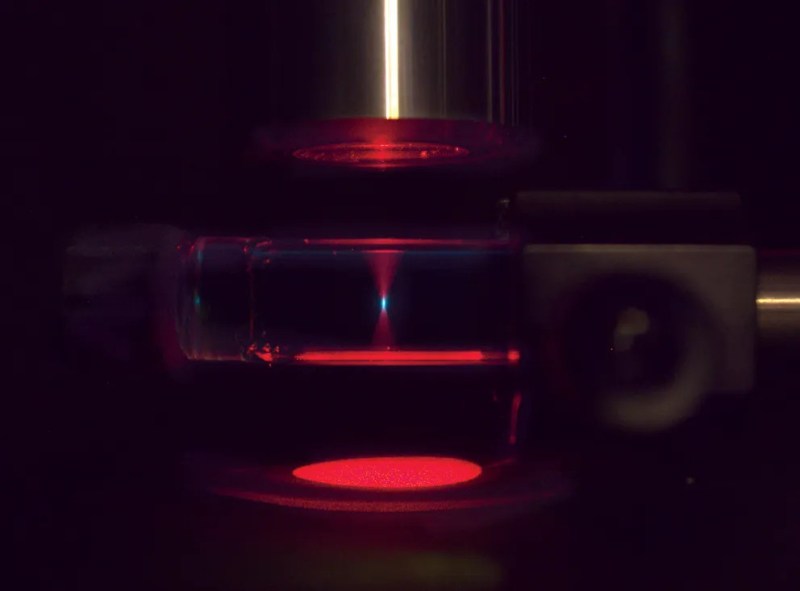Solar power is an excellent way of generating electricity, whether that’s for an off-grid home or for the power grid. With no moving parts maintenance is relatively low, and the downsides of burning fuel are eliminated as well. But as much as it’s revolutionized power generation over the last few decades, there’s still some performance gains to be made when it comes to the solar cells themselves. A team at Stanford recently made strides in improving cell efficiency by bending the properties of sunlight itself.
In order to generate electricity directly from sunlight, a photon with a specific amount of energy needs to strike the semiconductor material. Any photons with higher energy will waste some of that energy as heat, and any with lower energy won’t generate electricity. Previous methods to solve this problem involve using something similar to a prism to separate the light out into colors (or energies) that correlate to specific types of cells calibrated specifically for those colors. This method does the opposite: it changes the light itself to an color that fits the semiconductor material. In short, a specialized material converts the energy from two lower-energy photons into a single higher-energy photon, which then strikes the solar panel to create energy.
By adding these color-changing materials as a layer to a photovoltaic solar panel, the panel can generate more energy with a given amount of light than a traditional panel. The major hurdle, as with any research, is whether or not this will be viable when produced at scale, and this shows promise in that regard as well. There are other applications for these materials beyond photovoltaics as well, and the researchers provide an excellent demonstration in 3D printing. By adding these color-change materials to resin, red lasers can be used instead of blue or ultraviolet lasers to cure resin in extremely specific locations, leading to stronger and more accurate prints.















How long before we see a confocal laser scanning microscope based on that technology?
The photograph above reminds me of how the two-photon effect is demonstrated: https://cleoqels2010.blogspot.com/2010/05/expo-idea-generation-and-multiphoton.html
Reading the source article, this looks very exciting. Even the 3D printer applications look promising. With everything, it comes down to details. How efficient? How expensive?
Well, we’ve had low power cheap green laser pointers which work by upconversion of infrared for ages, unlike what it says, though it never worked for solar power. We’ve also made phosphor blends that very efficiently turn blue into white light, for LED purposes, although that’s a narrow band source and a wide band output where we’d want the opposite for solar. Not sure if they’ve been any use either.
It’s the resin that I like; cost is a factor but it’s but neat. The glasses don’t make sense and the verification of money is just recognizing that we have lots of things that glow under UV nowadays and upconversion stuff is much less common.